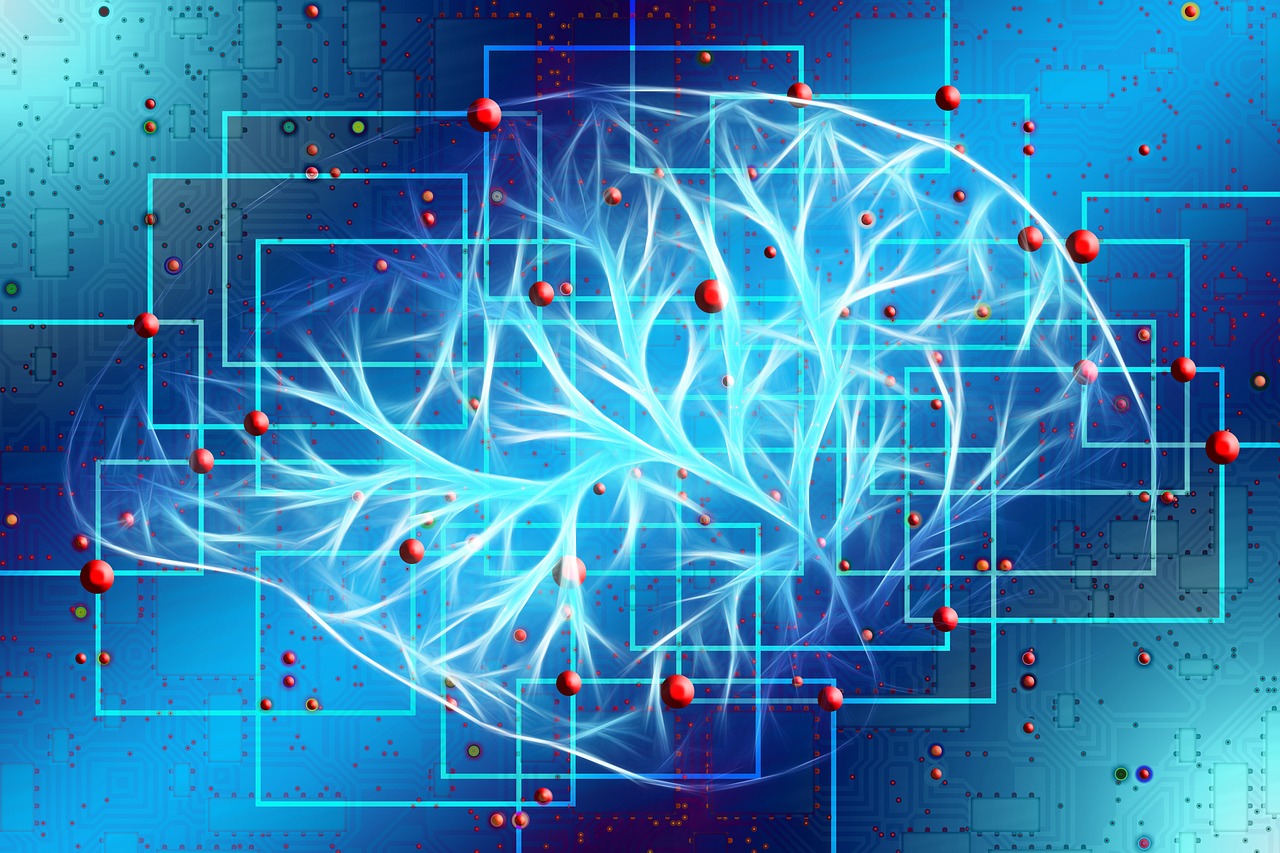Machine learning (ML) is rapidly transforming industries, but the true power lies not just in the algorithms but in the engineering that brings them to life. ML Engineering is the bridge between theoretical models and real-world applications, ensuring that these models are robust, scalable, and maintainable. This blog post delves into the intricacies of ML engineering, exploring its key components, best practices, and the skills required to thrive in this exciting field.
What is ML Engineering?
Defining ML Engineering
ML Engineering is the application of software engineering principles to the development, deployment, and maintenance of machine learning systems. It encompasses the entire lifecycle of an ML product, from data collection and preprocessing to model deployment, monitoring, and retraining. Unlike data science, which focuses on model creation and experimentation, ML engineering is concerned with the practicalities of making those models work reliably in a production environment.
- Key Focus Areas:
Building scalable and reliable ML pipelines
Automating model training and deployment
Monitoring model performance and identifying issues
Optimizing model serving infrastructure
Ensuring data quality and consistency
ML Engineering vs. Data Science
While both ML engineers and data scientists work with machine learning, their roles and responsibilities differ significantly.
- Data Scientist: Primarily focused on:
Exploring and analyzing data
Developing and evaluating ML models
Communicating insights and findings
- ML Engineer: Primarily focused on:
Building and maintaining ML infrastructure
Automating model deployment and monitoring
Ensuring scalability and reliability of ML systems
Collaborating with data scientists to productionize models
Think of it this way: a data scientist designs the blueprint for a house, while an ML engineer builds the house and ensures it stands strong for years to come.
The ML Engineering Lifecycle
Data Engineering
Data is the lifeblood of any machine learning system. ML Engineers are responsible for ensuring that data is accessible, clean, and reliable.
- Data Collection: Gathering data from various sources, including databases, APIs, and data lakes.
- Data Preprocessing: Cleaning, transforming, and preparing data for model training. This may involve handling missing values, removing outliers, and feature engineering.
- Data Validation: Ensuring data quality and consistency by implementing data validation checks.
- Example: Building a pipeline to collect user activity data from a website, clean it, and store it in a feature store for use in a recommendation engine.
Model Development and Training
While data scientists are often the primary drivers of model development, ML engineers play a crucial role in supporting this process.
- Infrastructure Setup: Providing the infrastructure and tools needed for model training, such as cloud computing resources and distributed training frameworks.
- Experiment Tracking: Implementing systems to track experiments, record model parameters, and compare performance metrics. Tools like MLflow are commonly used.
- Model Versioning: Managing different versions of models and tracking their performance over time.
- Example: Setting up a Kubernetes cluster for training large language models and using MLflow to track different training runs and model versions.
Model Deployment
Model deployment is the process of making a trained model available for use in a production environment.
- Choosing a Deployment Strategy: Selecting the appropriate deployment strategy, such as batch prediction, online prediction, or edge deployment.
- Building APIs: Creating APIs to allow other applications to access the model’s predictions. REST APIs are a common choice.
- Containerization: Packaging the model and its dependencies into a container, such as Docker, for easy deployment.
- Orchestration: Using tools like Kubernetes to manage and scale the deployment of containerized models.
- Example: Deploying a fraud detection model as a REST API using Docker and Kubernetes, allowing real-time fraud detection in an e-commerce application.
Model Monitoring and Maintenance
Once a model is deployed, it’s essential to monitor its performance and maintain its accuracy over time.
- Performance Monitoring: Tracking key metrics such as accuracy, latency, and throughput to identify any degradation in performance.
- Data Drift Detection: Monitoring the distribution of input data to detect any changes that could affect model accuracy.
- Model Retraining: Automatically retraining the model when performance degrades or when new data becomes available.
- Alerting: Setting up alerts to notify engineers when performance issues are detected.
- Example: Monitoring the accuracy of a churn prediction model and retraining it automatically when the accuracy drops below a certain threshold.
Essential Skills for ML Engineers
Programming Skills
- Python: The most popular programming language for machine learning, due to its extensive libraries and frameworks.
- Java/Scala: Often used for building scalable and distributed systems, especially in big data environments.
- SQL: Essential for querying and manipulating data in relational databases.
Machine Learning Fundamentals
- Understanding of ML algorithms: Familiarity with common algorithms such as linear regression, logistic regression, decision trees, and neural networks.
- Model evaluation metrics: Knowledge of metrics such as accuracy, precision, recall, F1-score, and AUC.
- Model selection and hyperparameter tuning: Ability to select the best model for a given problem and optimize its hyperparameters.
Cloud Computing
- AWS, Azure, or GCP: Experience with cloud computing platforms is essential for deploying and scaling ML systems.
- Cloud-native technologies: Familiarity with technologies such as Docker, Kubernetes, and serverless computing.
DevOps Practices
- Continuous Integration/Continuous Deployment (CI/CD): Implementing automated pipelines for building, testing, and deploying ML models.
- Infrastructure as Code (IaC): Using tools like Terraform or CloudFormation to manage infrastructure programmatically.
- Monitoring and Logging: Setting up monitoring and logging systems to track the performance of ML systems.
Data Engineering Skills
Data warehousing solutions(Snowflake, BigQuery, Redshift)
ETL pipeline creation (Apache Airflow)
* Data Lake Management
Best Practices in ML Engineering
Automate Everything
Automate as much of the ML lifecycle as possible, from data preprocessing to model deployment and monitoring. This reduces manual effort, minimizes errors, and speeds up the development process.
Implement Robust Monitoring
Implement comprehensive monitoring systems to track the performance of ML models and identify any issues early on. This includes monitoring both model accuracy and infrastructure metrics.
Use Version Control
Use version control systems like Git to track changes to code, models, and data. This makes it easier to collaborate, revert to previous versions, and reproduce results.
Write Unit Tests and Integration Tests
Write unit tests to verify the correctness of individual components and integration tests to ensure that the entire system works together as expected.
Document Everything
Document all aspects of the ML system, including the data, models, code, and deployment process. This makes it easier for others to understand and maintain the system.
Security Considerations
Incorporate security best practices throughout the ML lifecycle. This includes:
- Data encryption: Protecting sensitive data both in transit and at rest.
- Access control: Restricting access to data and models based on user roles and permissions.
- Vulnerability scanning: Regularly scanning for vulnerabilities in code and infrastructure.
- Model security: Defending against adversarial attacks that could compromise model integrity.
Conclusion
ML engineering is a critical discipline that bridges the gap between data science and real-world applications. By understanding the ML engineering lifecycle, developing the necessary skills, and following best practices, you can build robust, scalable, and maintainable ML systems that drive business value. As machine learning continues to evolve, the demand for skilled ML engineers will only continue to grow, making it a highly rewarding and impactful career path.




